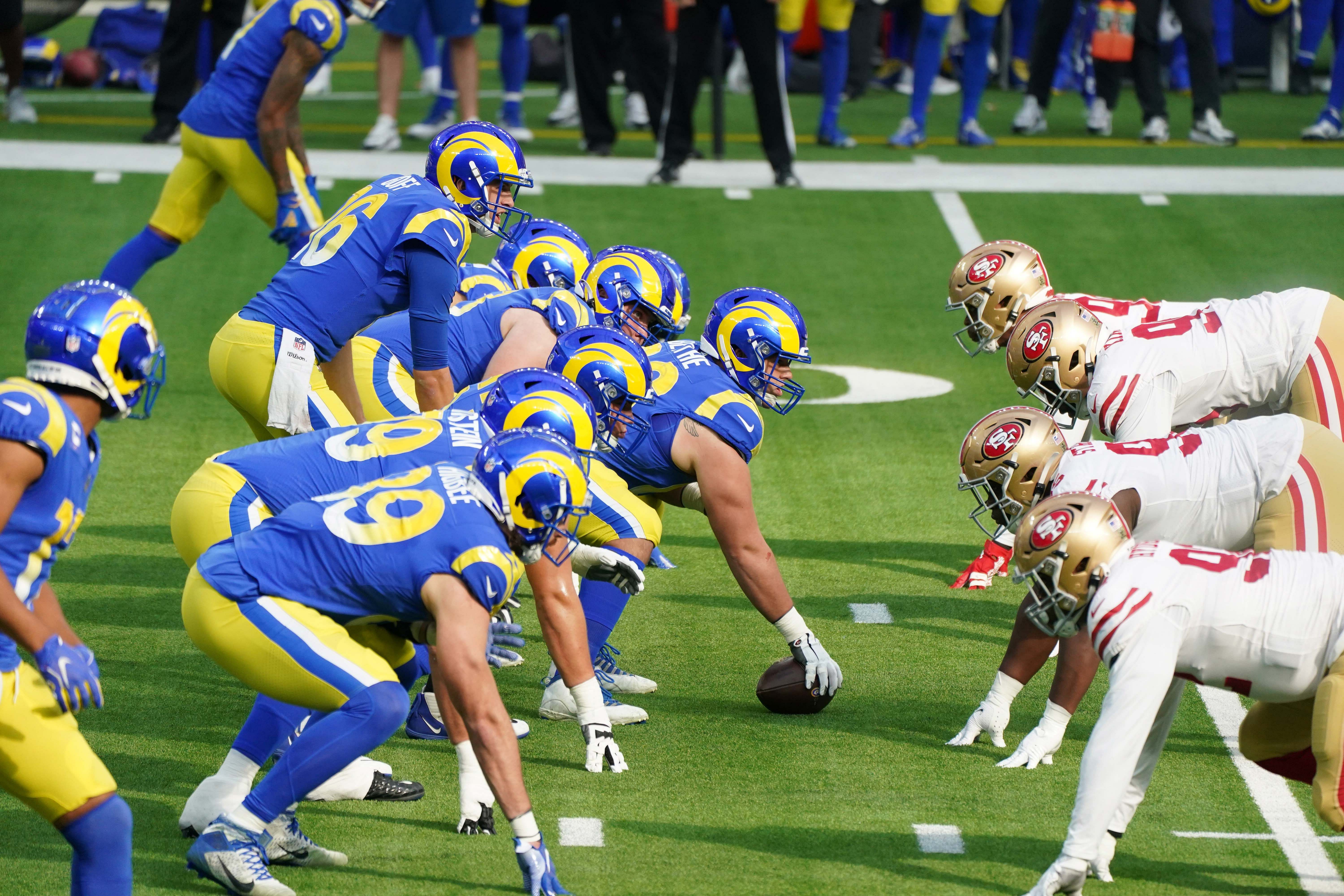
One burning question for each NFC West team ahead of the 2024 season: Cardinals, Rams, 49ers and Seahawks in focus
The NFC West has been pounding out contenders for years and that looks set to continue in the upcoming 2024 NFL season. After spending a month analyzing every single draft pick and their new roles on all 32 NFL teams as part of my divisional draft and roster reviews, I asked myself, “What is the one burning question for each of these franchises heading into the upcoming season?”
One burning question for each NFC West team
#1, Arizona Cardinals
What does this coaching staff do with better/more pieces to work with?
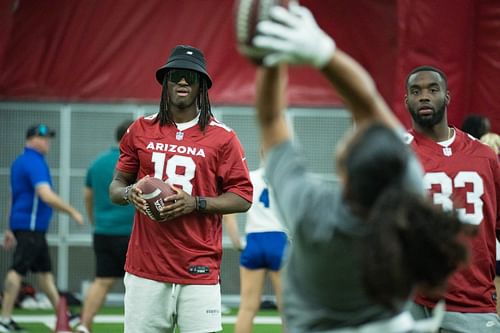
There aren’t many more interesting teams to re-watch from last season in terms of schematics and just ideas they threw out there than the Cardinals. Head coach Jonathan Gannon became a bit of a walking meme once the clip emerged of him greeting wide receiver Rondale Moore with laser imitations the first time they met.
His numbers didn’t end up reflecting that, as the final of three underwhelming years in Arizona, but there was a lot of other stuff to like about coordinator Drew Petzing’s offense. From their usage of personnel, how they involved their receivers in that capacity, to the way they used blocking angles to their advantage, with James Conner gashing opponents, they really got that run game going.
Meanwhile, Gannon and DC Nick Rallis were even more diverse on defense, which was backed up by several quarterbacks particularly mentioning them as one of the tougher units to just figure out which pressures and coverages they’d run.
Now, none of the numbers for them would indicate opponents weren’t able to find success anyway. However, that was due to their inability to stop the run, losing a couple of key pieces to injury and a rotation of quarterbacks until Kyler Murray returned midway through the season.
As we look ahead to 2024 however now, it’s time to actually see results instead of just ideas. They got themselves a true number receiver profile with Marvin Harrison Jr. from Ohio State fourth overall and a versatile piece on the D-line in Missouri’s Darius Robinson at the end of the first round, along with five more picks inside the top 100.
General manager Monti Ossenfort didn’t splurge in free agency in year two, but there’s enough young talent available now to build on some of the flashes we saw last season – and I’m intrigued with what the next steps look like.
Also read: Most improved position groups across the NFL this offseason
#2, Los Angeles Rams
How much can this young D-line replace Aaron Donald as a group?
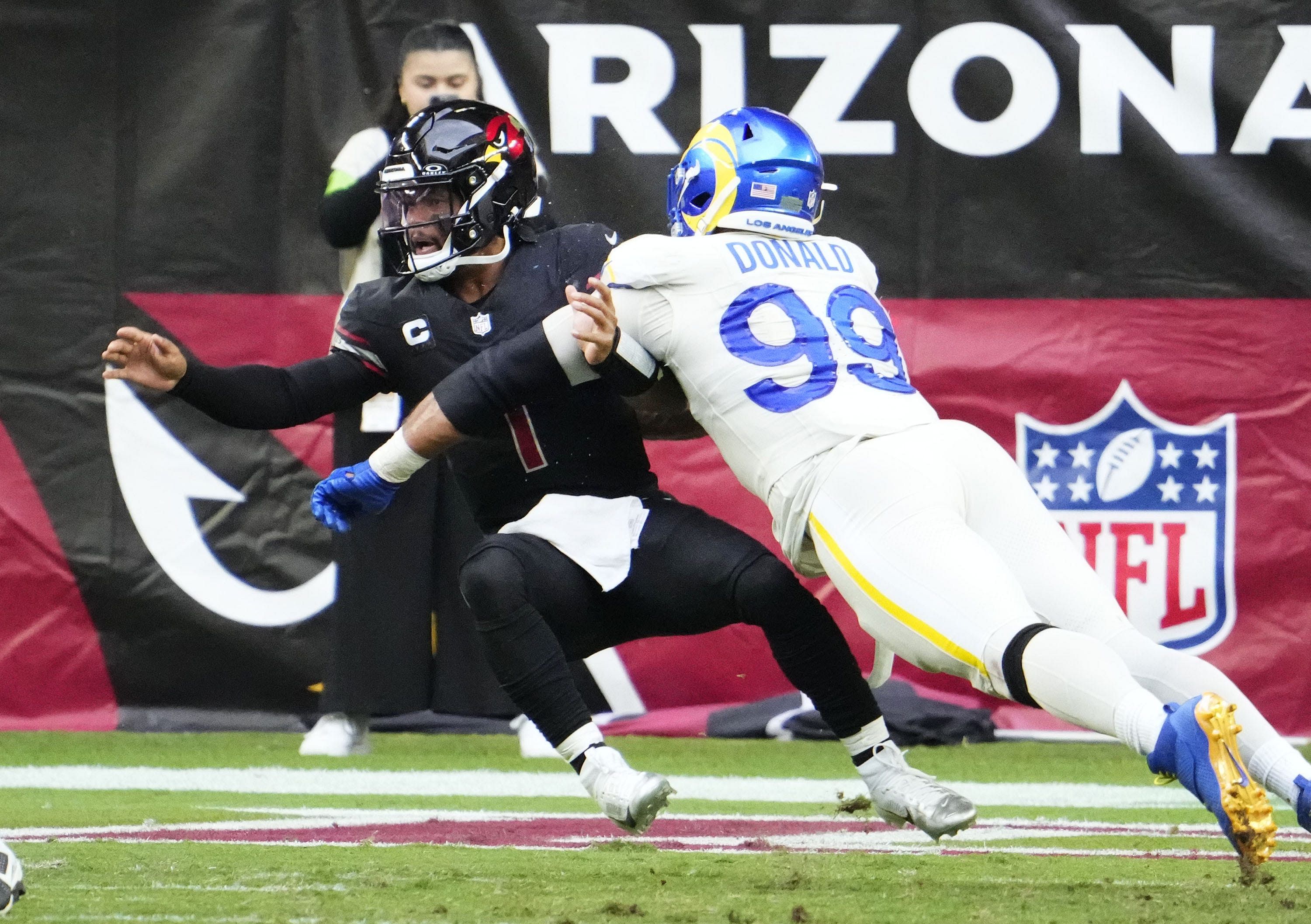
Right off the bat, actually “replacing” this first-ballot Hall of Famer is an impossible task and having any expectations about being able to do so is unrealistic. How close they can come to recreating that type of impact and his production, however, might decide how far this team can go once they turn the calendar to 2025.
Matthew Stafford was an absolute flame-thrower this past season and erased some of the concerns around early retirement, while running back Kyren Williams and rookie receiver Puka Nacua broke out in massive ways.
Considering how they’ve beefed up the interior of the O-line over the last two offseason, I expect them to control games up front and let the guy they have back there sling it around off play-action. So this should take pressure off a defense that not only lost a three-time Defensive Player of the Year but also one of the bright minds in terms of the Xs and Os, with former DC Raheem Morris taking the head-coaching gig in Atlanta.
The way Chris Shula – now elevated to calling the shots – will be able to build on the principles that allowed this unit to perform above expectations (with all the young members pushed into prominent roles) and what he may add is going to be a key element as we think about the landscape of the NFC.
Of course, the two key figures when it comes to play up front now are the Florida State tandem of Jared Verse and Braden Fiske, who they spent hefty draft capital on collectively. Both Kobe Turner and Byron Young as the two likely other starters when they’re in nickel were at least mentioned as Defensive Rookie of the Year candidates at different points.
Can they continue their development? Does that duo from the ACC champs find their footing right away? And how does their new play-caller involve the guys from the second level in their pressure packages, having started out as a linebacker coach in L.A.?
#3, San Francisco 49ers
Do we see more variety/new ideas from this collective effort to coach the defense?
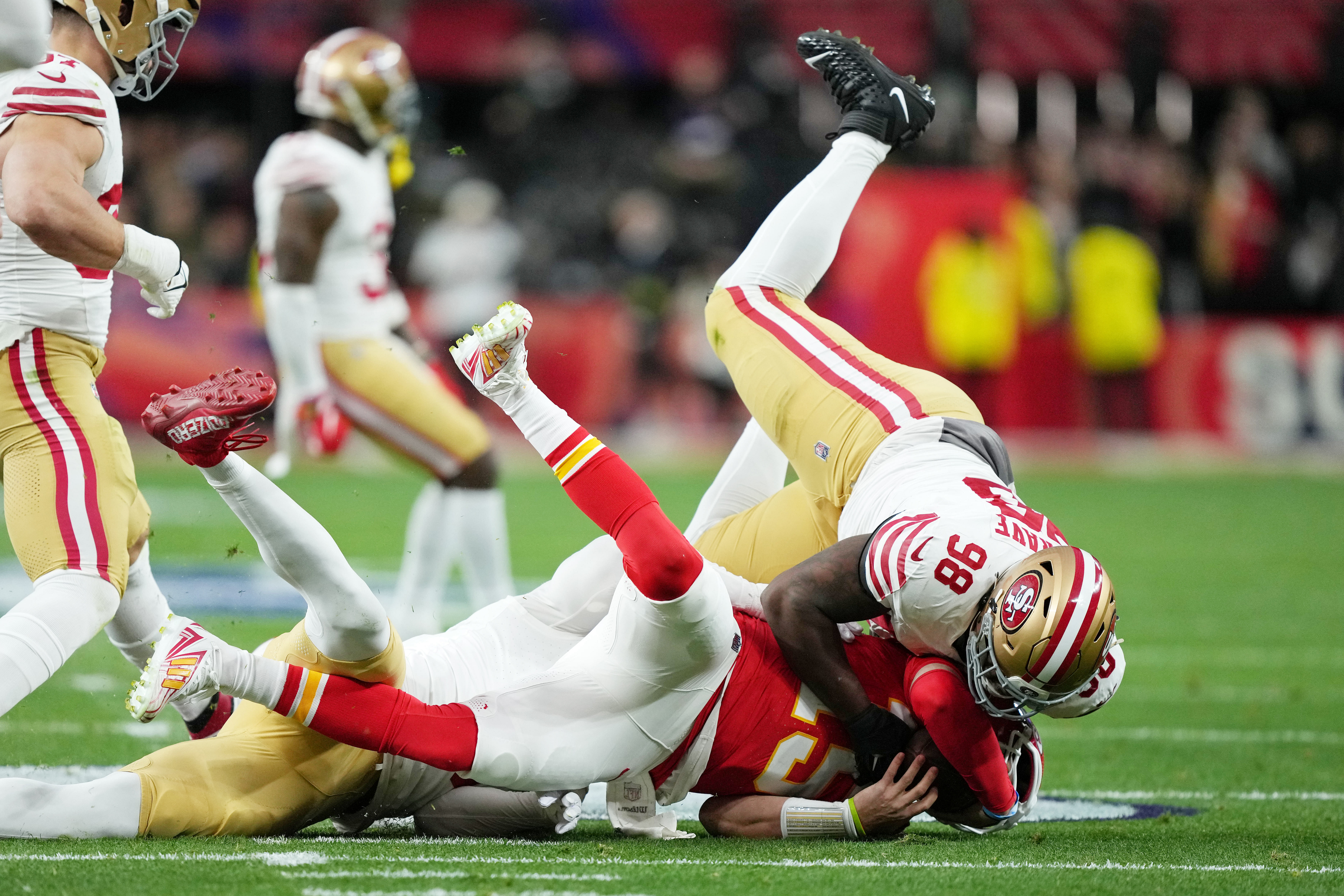
It’s rare for an NFL team to move on from one of their key figures after making it all the way to the Super Bowl unless they get embarrassed on the biggest stage – which in this case nearly making it to double overtime certainly doesn’t qualify.
So when the 49ers decided to cut ties with defensive coordinator Steve Wilks after just one season together, it was surprising, even if the body of work throughout the full season makes it fair to question the validity of him coaching a unit like that.
I outlined Wilks as potentially the most critical figure heading into that matchup, because of the lack of ways to challenge offensive protections, disguise coverages and weaponize star players, he had shown.
I guess that one-game sample wasn’t enough, considering they did ultimately make it too easy for Kansas City on a couple of key downs. So instead, San Francisco elevated Nick Sorensen to the title of defensive coordinator but also brought in former Chargers head coach Brandon Staley as an assistant, who could play a pivotal role this season.
Sorensen has a background as a special teams captain during his playing career and then coaching that unit in Seattle and Jacksonville, but he also had a four-year run as a secondary coach with the Seahawks before joining the Niners two years ago in that role basically.
So he’s rooted in the ideas of the press-bail cover-three stuff, but got to watch DeMeco Ryans transition to compressing the offense more in the way they’d squeeze down windows in zone coverage.
Staley’s history is a little more well-known and there’s a lot to question in terms of managing a full team, but the one thing that earned him recognition with the Chargers was the hyper-specificity of some of their one-off gameplans. So that’s where his presence could be really meaningful as we get to a knockout setting and I’ll be paying attention to in which ways he influences what they do.
#4, Seattle Seahawks
Does new OC Ryan Grubb allow Geno Smith to go bombs away?
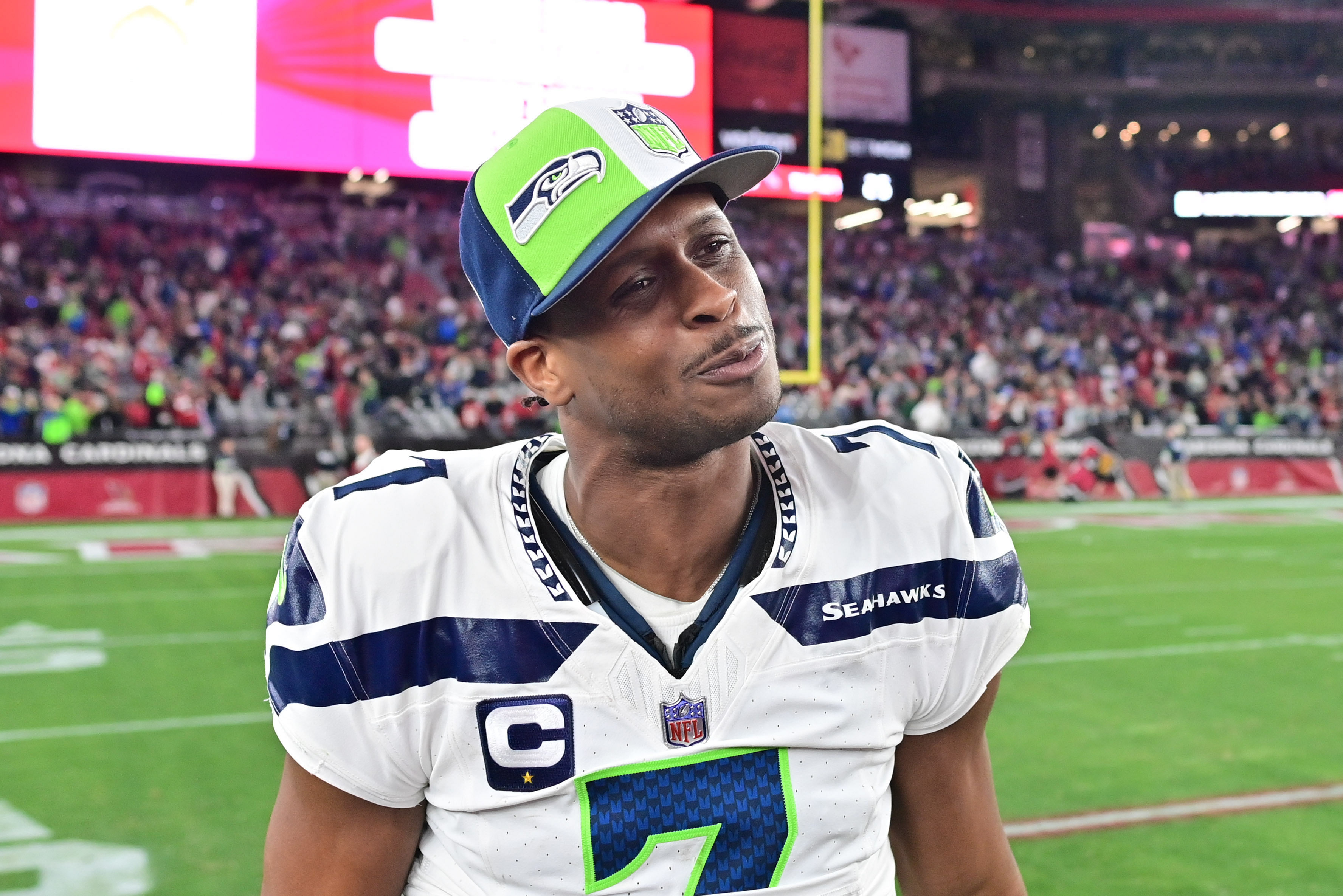
A long-time rival of the 49ers, Seattle has not been able to make this an even series in recent years, and they decided to completely overhaul their coaching staff. Pete Carroll retired – we can wonder how much he was pushed towards that decision – after 14 years of running the show, and with him all three coordinators as well as several other assistants left the building.
We do have a pretty good idea of what this defense could look like. Mike Macdonald comes over from Baltimore as their new head coach, and Ryan Grubb has become a fairly recognizable name with the Washington Huskies offense becoming the spear of college football, at least in terms of the way they attacked opponents through the air.
The matter at hand now though is how well a system like that translates to the next level and where the limitations may be. 11 personnel has been the main grouping across the NFL landscape for a while now and we’ve seen teams adapt plenty of ways college teams stretch out defenses horizontally.
However, this super-spread offense and the ways they push the ball vertically out of those looks isn’t something we’ve ever watched at the pro level. The fun part in Seattle is that they have a trio of wide receiver that challenges for the title of the best in the league along with basically another big flex pass-catcher in tight-end Noah Fant to replicate some of the elements we saw at U-Dub.
They did also draft a primary blocker at that position early in the fourth round in Michigan’s A.J. Barner and now the crux will be how much their new head coach will want to play “through his defense” and the run game.
That’s why I could see second-year running back Zach Charbonnet being on the field more as a steady in-between-the-tackle runner and pass-protector, but you don’t want to give up the dynamism of Kenneth Walker. So it’s very interesting if they condense formations a little more and their usage of those guys inside the box around that WR trio.
Also read: One burning question for each NFC South team